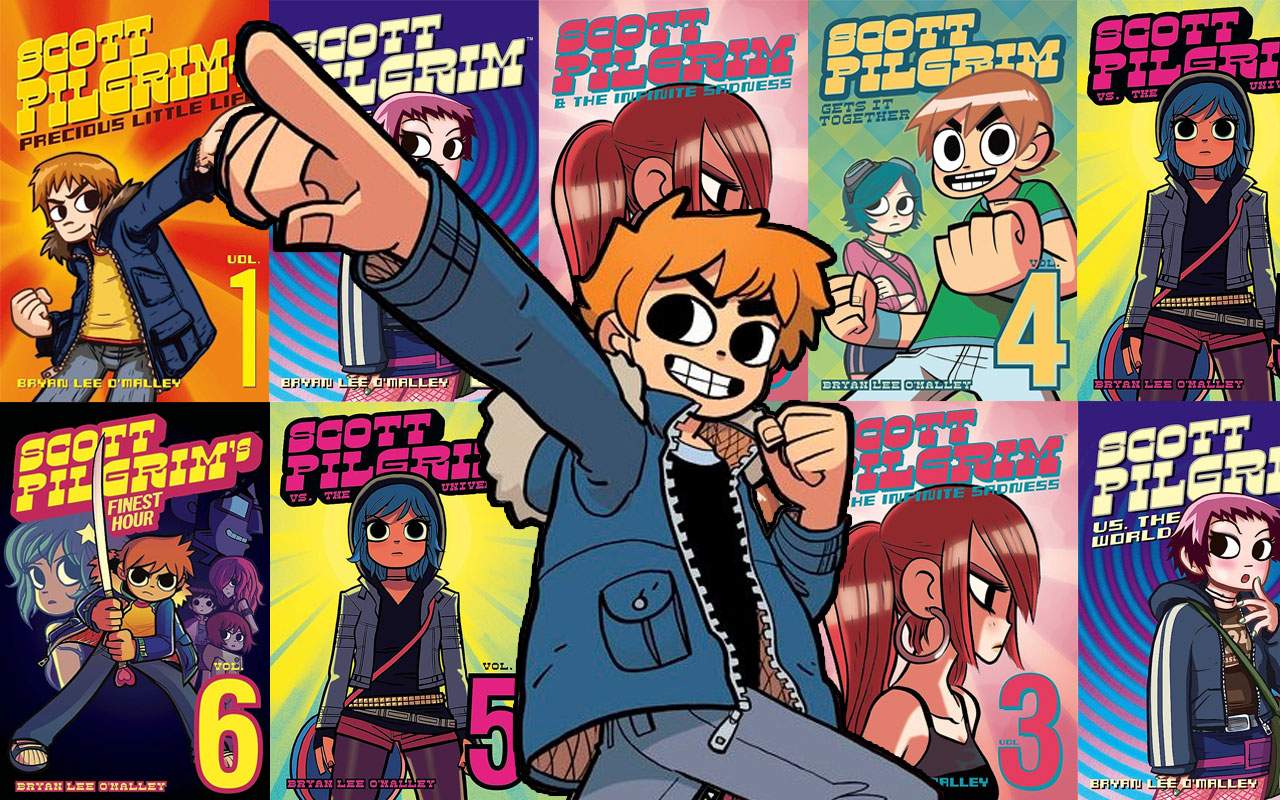Art
City
Catalog view is the alternative 2D representation of our 3D virtual art space. This page is friendly to assistive technologies and does not include decorative elements used in the 3D gallery.
My Internet
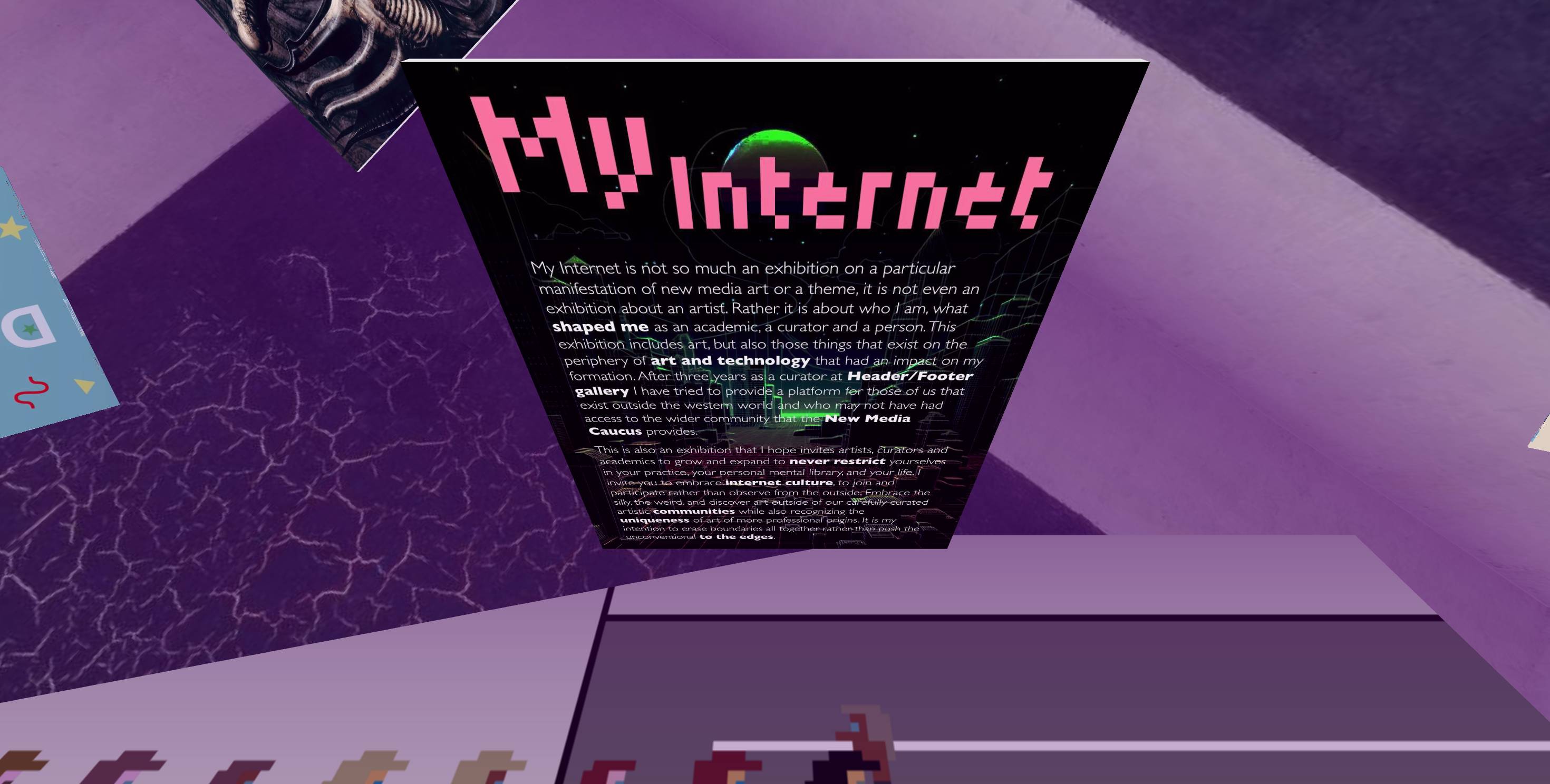
Spaces in this world:
Statement:
My Internet is not so much an exhibition on a particular manifestation of new media art or a theme, it is not even an exhibition about an artist. Rather it is an exhibition about who I am, what shaped me as an academic, a curator and a person. This exhibition includes art, but also those things that exist on the periphery of art and technology that had an impact on my formation. After three years as a curator at Header/Footer gallery I have tried to provide a platform for those of us that exist outside the western world and who may not have had access to the wider community that the New Media Caucus provides.
This is also an exhibition that I hope invites artists, curators and academics to grow and expand to never restrict yourselves in your practice, your personal mental library, and your life. I invite you to embrace internet culture, to join and participate rather than observe from the outside. Embrace the silly, the weird, and discover art outside of our carefully curated artistic communities while also recognizing the uniqueness of art of more professional origins. It is my intention to erase boundaries all together rather than push the unconventional to the “liminal space”.
Artworks in this space:
I'm Poppy
10m 2015 Performance Where it all began, this 10 minute long video performance made Poppy an internet celebrity and spawned a series of conspiracy theories. It also marked the beginning of my path into new media art. The combination of approachability, a heavily Tumblr coded aura and unsettling undertones opened a window to something that up to that moment was unknown to me. Heavily influenced by Fluxus and Marina Abramoviç, I’m Poppy is a surprisingly retro performance of thew artist repeating her name over and over for ten minutes criticizing the overly performative action of media influencers (then a burgeoning phenomenon) where stating their name before every YouTube video became the most and often only recognizable aspect of an influencer’s personality. This piece was part of a larger multi-year performance by Moriah Pereira where her entire life was lived as the character Poppy. This alter ego’s life story would go from indie artist to highly manicured pop sensation to cult leader, all while maintaining the fiction that Moriah Pereira did not exist and that Poppy was in fact an android that would often attempt to rebel against her record companies and would be replaced with colder and colder versions of herself. Unfortunately, due to personal conflicts with her creative partner, Poppy has abandoned this aspect of her performance and transitioned into a mostly Metal Music performer that continues to innovate in her new field by combining musical styles in every song she releases.
wwwwwwwww.jodi.org
1995 net.art Probably one of the most famous new media artworks ever made. jodi.org is an exploration of the early web. Every page of this website explores a different aspect of the web. Its home screen inverts the rendering/code divide by making the visual aspect of the website visible only within the backend of the webpage, its source code, while the traditional browser simply displays what appears to be random green characters in a black background. Clicking on hidden hyperlinks moves the visitor through bizarre webscapes of images, videos, blinking text and more, all designed to subvert commonly held ideas of the web at the time such as the usefulness of hypertext, design paradigms, and the usefulness of the web itself. Having designed geocities sites and web pages since 1996 myself, jodi.org became a source of bafflement and wonder. To see all the rules of accessibility, useability and readability thrown into the wind opened my eyes to all the ways new media art could manifest itself even into spaces I had thought had nothing to do with art. Not only that, by the time I became aware of this website it had begun to decay and I had experienced a broken down version of it with links that led to nowhere, missing videos and images and even missing features as the governing body of webdesign deprecated some of the instructions used in the website. This made the volatility and vulnerability of new media art highly visible to me and set me on a parallel path to my curatorial projects, with a new concern for the decay of media and technology. I should mention Jodi have said that they wish the website to continue to decay as they see it as a continuation of their work AND a performance. Finally, Poppy for a while had an easter egg on her website that made reference to this art piece. If one were to examine the source code for http://impoppy.com it would reveal satanic imagery that alluded to a deal with the devil Poppy made to become famous.
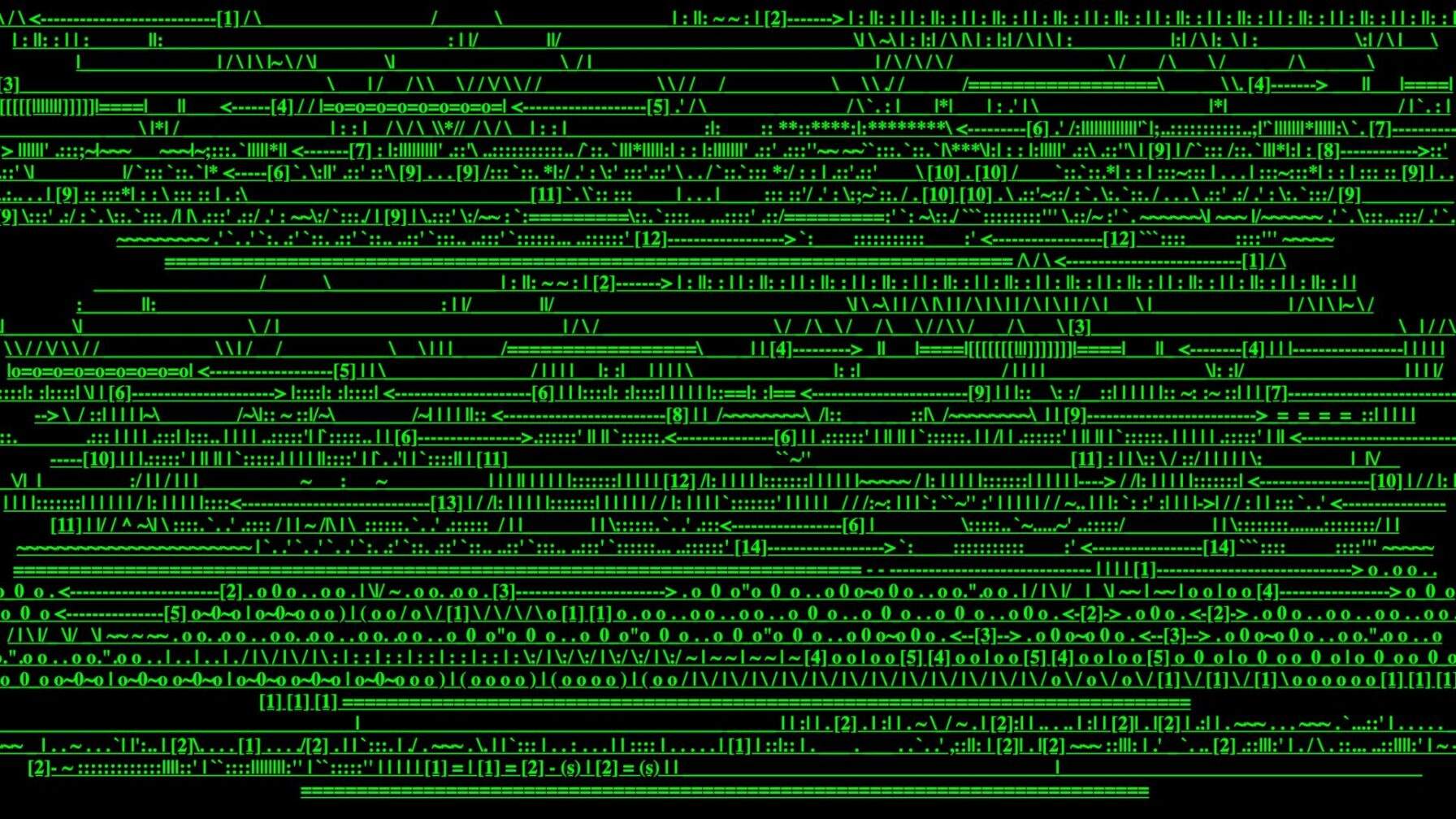
The Girl Chewing Gum
11m 38s 1976 Video Art I first saw The Girl Chewing Gum while doing research for my work placement at TATE Liverpool. Before this I had never been particularly interested in video art, but now faced with the self imposed task of becoming familiar with the entire collection on display at the museum I decided to “endure” the whole thing. What I discovered was a confusing simple video that revealed itself to be much more than that. I discovered a truly funny work of art that made me question how I engaged with video and even art. It takes our assumptions of what is happening by first presenting something that seems to be a simple inversion of the place of the director and the actor but as the illusion is revealed, we see the pretend that there is a director that controls what we see and rather we see a narrator that is detached from the action and had been simply reading a script while the scene we were witnessing in a way controlled him. After seeing this piece it always stayed with me even though I forgot its name and who created it. It would take several years and lots of searching the TATE database by hand (I suspect this is what made me a better researcher) to finally track this piece. Now I present it to you and hope you saw it all before reading all this.
Scavengers
Don't Hug Me I'm Scared
2011-2016 Web Videos Don’t Hug Me I’m Scared is a twisted version of Sesame Street that questions the often simplistic lessons taught in children’s entertainment and pushes them into the uncomfortable. For the first episode of the series Sloan and Pelling push against the idea that creativity is always a positive concept while also critiquing the often rigid UK education system where deviations from approved forms of creativity are also punished. This show would go on to spawn another television series and a cult following. For me personally the combination of cute and creepy was crucial in shaping my tastes while in my MA. I would later use this show as a teaching tool to prompt my students to create things even with no budget like Sloan and Pelling did, and to flex their creativity and push boundaries (ironically).
Kid A Mnesia
2021 Virtual Exhibition Originally planned as a physical exhibition at the V&A until the pandemic forced Radiohead to cancel those plans. Rather than waste all the work that had been put into the exhibition, the band decided to create a virtual exhibition/video game celebrating the music and artwork featured in the albums Kid A (2000) and Amnesiac (2001). While all marketing involved calls this a virtual exhibition, it would be possible to consider this an artwork on its own merits. Featuring a non-linear experience, where the music is not presented in its traditional form but rather it is exploded and deconstructed and sections, sounds, and samples are used around the space. In other spaces its possible to be enveloped by what could be called a semi-interactive music video. Finally what is most impressive of all is the fact that no “new artwork” was used in creating this experience, but rather everything is taken from existing artwork by Thom Yorke and Stanley Donwood. This exhibition was important to me because it highlighted something I noticed was missing in the world of virtual exhibitions, three dimensionality. Most virtual exhibitions even now bind themselves to more or less the language of physical museums, to the point that I have run into velvet ropes stopping virtual avatars from getting close enough to virtual artworks in hopes of what? Stopping virtual damage? Kid-A-Mnesia breaks all these self imposed rules and moves you from familiar three dimensional space and little by little breaks from it and uses this three dimensionality to elevate the narrative of the space in service of the artworks rather than attempting to follow the nonexistent physicality of a virtual museum.
Black Square
Malevich’s Black Square requires barely any introduction, created as part of a socialist artistic movement called suprematism, Malevich reasoned that figurative, naturalist representations were the meat and bones of bourgeois art making and that in order to create art that was liberated from this tradition, it was necessary to abandon any pretense of reality and rather go into the abstract. It is within this context that the Black Square would be created, it would later be followed by Suprematist Composition: White on White (1918), the logical conclusion of the movement. In a sad and ironic turn of events, extreme abstraction would be embraced by the bourgeois as the way forward in art, while the Stalinist government would go the opposite way and return to realism under the argument that abstraction was a type of "bourgeois" art, that could not express social realities. Malevich’s art alongside Kandinski’s has been a constant in my personal development as an art historian and an art lover. It was also the reason I went into modern and contemporary art rather than focus on works such as those of the Pre-Raphaelite Brotherhood or Baroque art, which is what is often expected of mexican art historians.
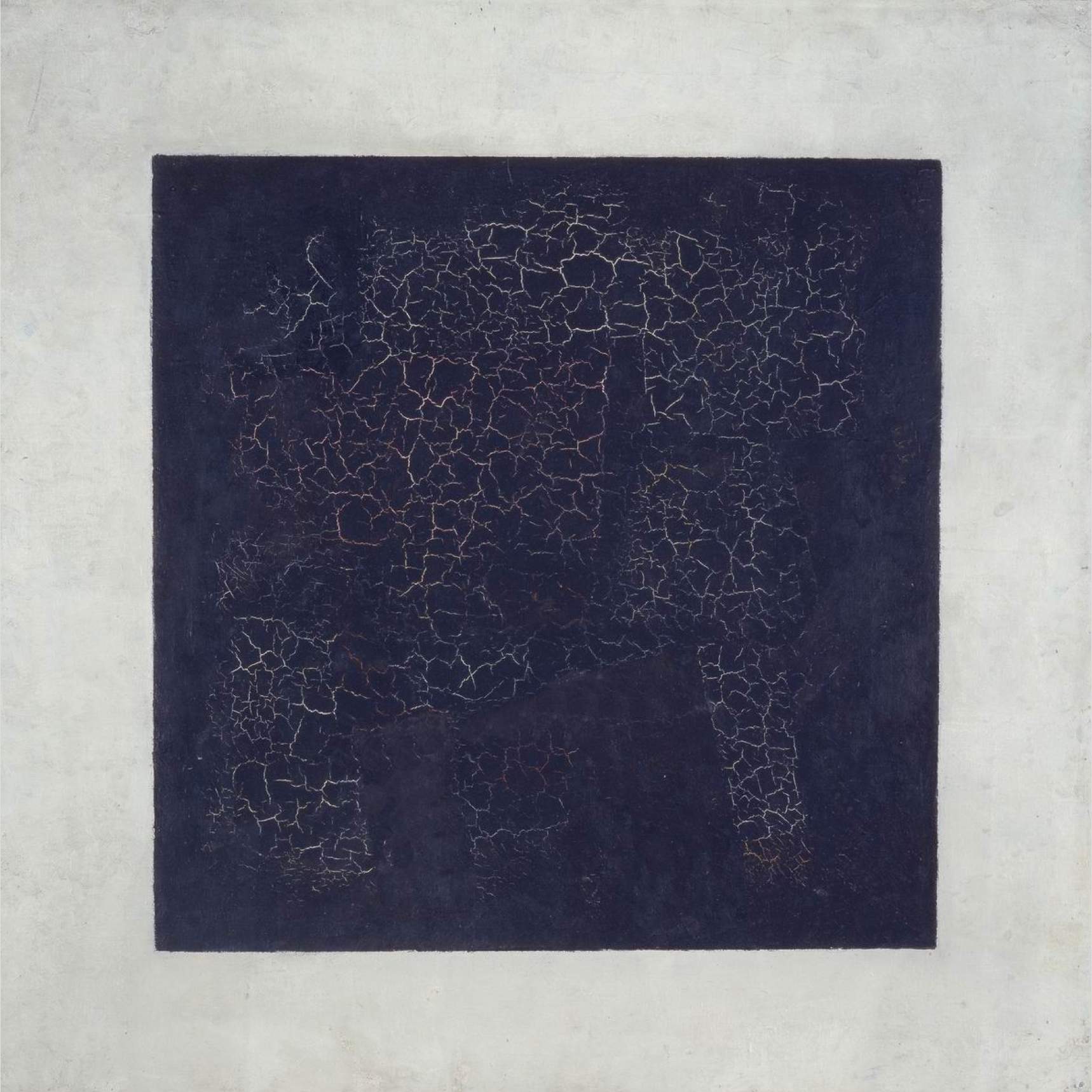
To Build a Better Mousetrap
2014 Video game For most of the early 2000’s a discussion was raging in the video game world around the subject of video games as art. On the one side the community kept making arguments for the recognition of video games as art based on narrative, production values and originality. On the other side were voices such as film critic Roger Ebert who claimed that video games could never be art as they were marketable products with writing at the level of a fortune cookie. Twelve years later the discussion is over, games are now seen as capable of being artworks, institutions such as ZKM, FACT and the Victoria & Albert Museum have video games in their exhibitions and collections, renowned artists such as Bill Viola and Joseph Fares have made video games. Only a year after Ebert’s dictum, games had begun to stray from the commercial and were used by artists to critique society, abandoning traditional forms of video game interaction (violence) or actively using it to critique the form. Molleindustria’s To Build a Better Mousetrap was part of these games that were fully engaging into the artform without the trappings of traditional commercial video games. In this game, Molleindustria critiques the systems of power inherent in the tech industry and how they dehumanize workers while at the same time making them complicit in their own destitution. This artwork allowed me to answer the question that Ebert had asked: can we name a video game that unquestionably is art? The answer was yes and To Build a Better Mousetrap was one of many examples I would use.
The Artist is Present
2011 Video game Another game that answered Ebert’s question was The Artist is Present, created as a joke/mockery of Marina Abramović’s performance of the same name. It eventually garnered enough attention to catch Abramović’s eye, leading to further collaborations with Pippin Barr. In my opinion, this work, with its requirement of always paying attention to the game and its unpredictability, made it a much better exploration of the concept than what Abramović herself achieved in her performance piece. Another interesting aspect of this artwork is the fact that it will only function during MoMA’s opening hours, adding an aspect of presence that one would think is not possible in video games. The Artist is Present IS the artwork for me that most inspired me to move into new media art. It was unequivocally art, I could trace its mockery to prior movements like Fluxus and it gave me a feeling that it was art the second I saw it.
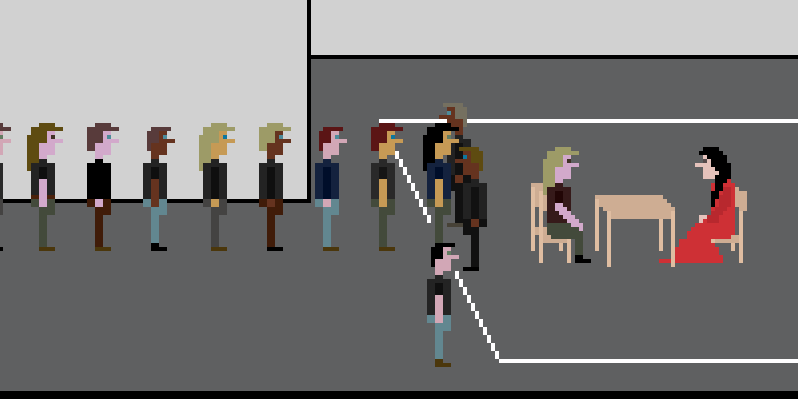
Frog Fractions
2012 Video game Absolute insanity, maybe not an art game but maybe it is an art game. The game pretends to be an educational game about fractions… I honestly can not say more without ruining it. Play it.
The Happy Accidents of the Swing (The Swing)
1767-1768 Oil on Canvas This seemingly innocent picture of a woman on a swing has more and more layers as we peer deeper into the picture. Not only is there a man in the background who Fragonard identifies as her elderly husband obliviously pushing her on the swing, there is another man peering up at her from the left, while she tosses her shoe at him and exposes her legs. This painting caused considerable controversy at the time for its scandalous nature. Personally, this painting exists in contradiction to most of my tastes and sensibilities, a Rococo painting, rendered in a very naturalistic manner and with a subject that could be considered simplistic. And yet, the story behind the painting, the “naughtiness” and its masterful rendering have made it one of my favorites.
-QVir4J9c.jpg)
Necronom IV
1976 Photogravure The alien franchise and by extension the work of H.R. Giger was formative to my aesthetic sensibilities. Dark, industrial, scary, gothic and technologic, H.R. Giger’s work was derived from the night terrors he suffered his whole life. His work on aliens would be what launched him to mainstream fame and resulted in him working for a series of film makers, musicians and more. Necronom IV is one of the most famous works by Giger and the source of inspiration for the eponymous Alien. The artist’s biomechanical beings were designed with the intention of making them uncomfortably sexual yet beautiful. The effectiveness of this design dramatically raised the bar for what was acceptable in creature design in film. The alien and Giger’s work would shape my personal tastes, and an attraction to work that others would consider disturbing, upsetting and plain weird. You can see reflections of this in this very exhibition.
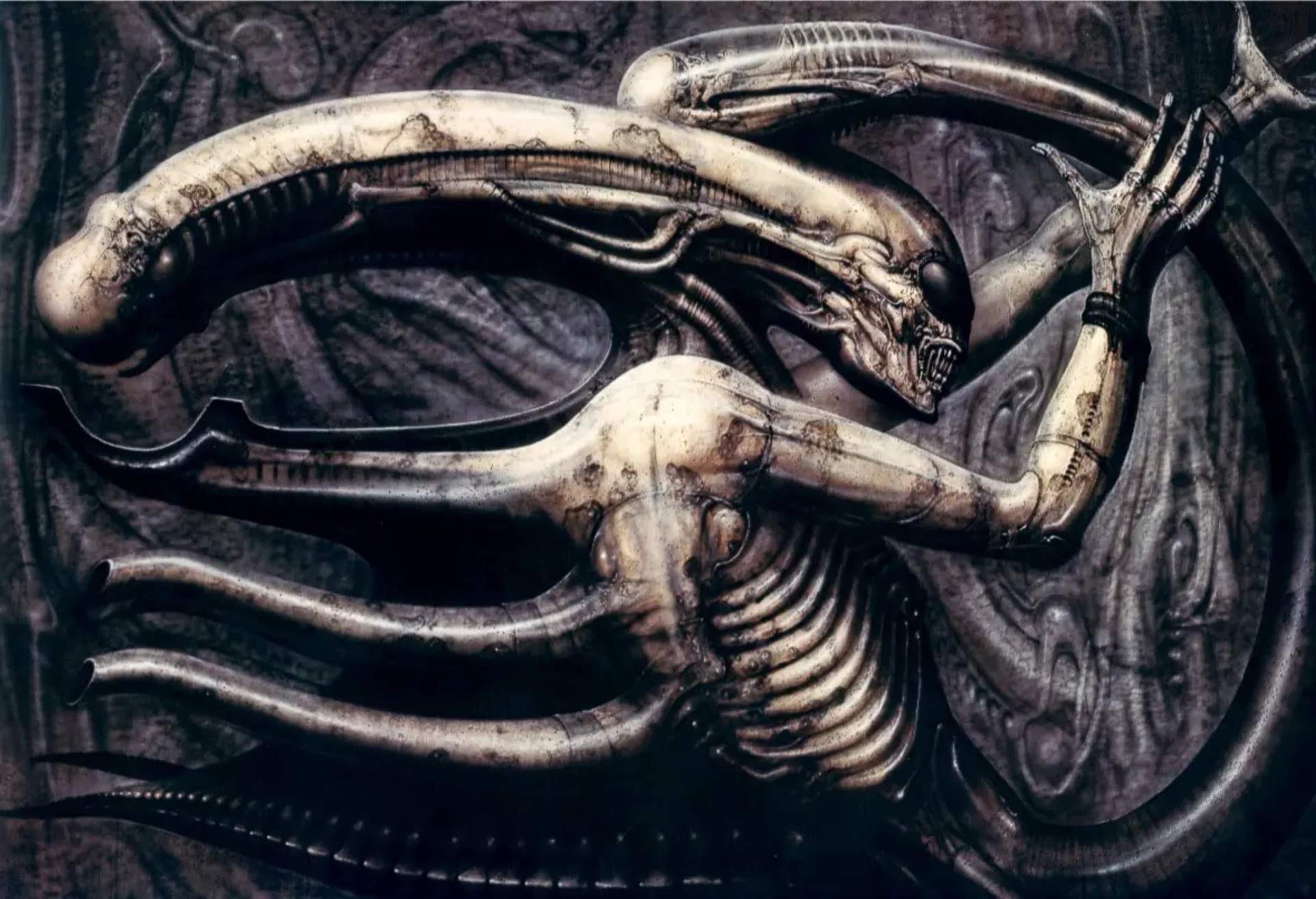
She disappeared after this
2015 Photograph This photograph is the german fashion photographer’s favorite photo. She would tell the british newspaper The Guardian that: “I took this maybe three years ago, on a fashion shoot for Italian Vogue. We developed a romantic story to go with it: a woman comes back to the place where she grew up, and finds it all dusty and falling apart. We shot it in a chateau in Paris. The girl was a model, and it was the only time I worked with her. After this, she disappeared. She was from eastern Europe, Romania maybe, and even the agency couldn’t find her again. So she’s like a ghost. The picture certainly has a ghostly feeling.” Unwerth is known for her depictions of female sexuality and femininity outside of the bounds of traditional eroticism. First a circus assistant, then a fashion model and finally a photographer, Von Unwerth combines the aesthetics of the circus and the fashion world without falling for the objectification of women often present in those spaces. I find Unwerth’s work enthralling and unique. Her photographs do not feel like fashion photography or even the photographs we carefully curate and display on social media. Instead, her work is candid and honest, as if the camera is not in fact there. To use a tired cliché, her work opens a window to allow us through and see her subjects be themselves, free of the expectations of masculine framings.
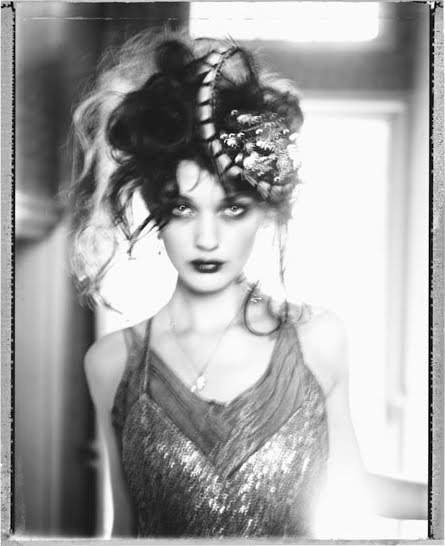
Proximity Cinema
2013 Performance Inspired by the Valie Export piece Tap and Touch Cinema (1968), itself a landmark of performance and feminist action art, Trenda goes for a different issue, the mediation of human experience through the screen. By contrasting her own performance with that of Valie Export, it becomes obvious that our relationship with touch has changed. Back in 1968 the Tap and Touch Export speaks off have been recontextualized for the digital age. We tap digital buttons, we use touch screens and through them we still engage in the objectification of women. In Tap and Touch Cinema, a miniature theater covers the artist’s body and the audience must put their hands through a curtain to reach the performance while maintaining direct eye contact with the artist. In Trenda’s version the entire body is covered in a tight leather suit and screens and even the performer’s eyes are obscured with screens. In this case there is never skin to skin contact but rather the ability to look at a screen. This is a total inversion of Exports work while still retaining the concept of a form of expanded cinema that goes beyond the traditional screen in a theater. Trenda’s work was crucial to my publication The Manual for the Curation and Display of Interactive New Media Art (2020), as it presented me with multiple challenges both in terms of presentation, documentation and memory making. It is a piece that must be experienced to be fully understood, how can we document the piece to conserve the truly important aspect of the work, the participants reaction, and how can we then preserve the performance in full rather than keeping just video and textual documentation of it.
The Girl Who Lived in the Tree (Red Coat)
2008-2009 Coat of red silk satin; dress of ivory silk chiffon embroidered with crystal beads This ensemble was the closing piece of McQueen’s 32nd collection. This collection was inspired by the British empire and the British Raj in what the Met called Romantic Nationalism. The collection’s theme is undoubtedly problematic and while some critics have assigned it an ironic theme both due to McQueen’s Scottish heritage and his comments on designing the collection as a way to please the queen and get a Knighthood. Critics complemented the collection and the storytelling. Vanessa Friedman of the Financial Times called it "fit for the Royal Ballet if the production was, say, The Queen Goes to India for the Last Days of the Raj" Meanwhile Cathy Horyn mentioned that the collection represented the empire as "heroic, violent, [and] grand" while not restricting the collection to a collection of historical dress., More critical of the themes, Guy Trebay of The New York Times was not as positive calling it "Raj Barbie, a creature from a music-hall pantomime". For me, McQueen's fashion design was an eye opener that showed me that fashion was not only expensive clothes but something that legitimately was wearable art. I understand that this sentiment may seem obvious to some, but this show was one of the first times I saw designer clothes that not only were not simply more expensive versions of clothing nor were they completely ridiculous unwearable thought experiments (I would come to appreciate these later). McQueen displayed a control of his raw materials, technique and storytelling that mirrored what I aspire to be.
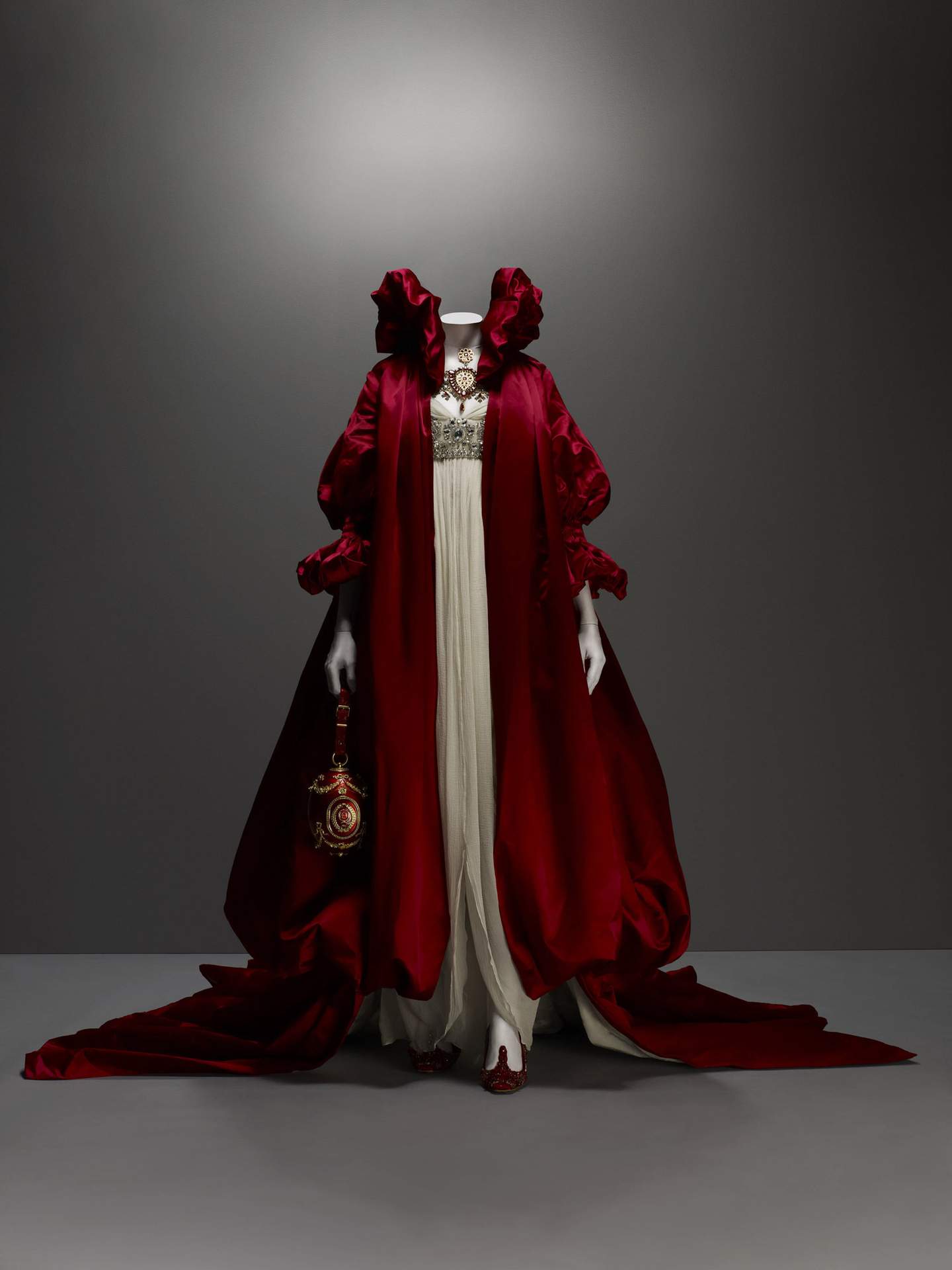
Beyond the Black Rainbow
1h 50m 2010 Film While I would argue Mandy is a better movie by the same director, the slow burning, mind bending Beyond the Black Rainbow is far more thought provoking. Director/writer Panos Cosmatos has developed a visual and narrative style all of his own. I would describe it as contemporary cosmic horror. This film is a love letter to a particular form of psychedelic filmmaking of the 60s and 70s, of movies like Blow-Up, Suspiria and 2001: A Space Odyssey. A woman is held captive by a man that directs a very cult-like Arboria Institute, a very new age place where drugs and pseudo spiritualism is used to “expand the mind and better humanity”. Cosmatos tells us that the movie is an indictment of Baby Boomer culture and their pseudo spiritualism and the subsequent rise of the conservative 80s. Incredibly disturbing and yet captivating, this is a movie that embodies the weirdness and the grotesque I so value. It is a work that at first glance appears simplistic and weird, it reveals its depth the more you think about it. It is interesting that I found this movie AFTER discovering Poppy, as I believe they share many of the same themes and criticisms of culture.
Blow-Up
Dune
1965 Literature A Science Fiction tour de force, a book series that is the victim of its own success. Few books have had this level of influence in popular media that they themselves feel derivative and trope-ish if one is not familiar with the fact that it was Dune that created many of those tropes to begin with. A series about the dangers of unrestrained dogmatism, politics and the white savior and disregard for the environment, Dune created a world that delves deeper into those subjects than any other science fiction work has in a long time. While Frank Herbert himself was a highly flawed man, who held libertarian and homophobic views, he still crafted an ideology for his world that rings true, specially for those of us who grew under governments that claimed to be leftist while entrenching power into inscrutable bureaucracies and hero worship. The history of a family and their legacy of pain and the dangers of looking for messiahs to show us a way, Dune becomes a series about political intrigue and manipulation with a thin veneer of science fiction and barely any action. I often lament the fact the new adaptation had to be so overt in its messaging but after witnessing conservative politicians and billionaires claim they are fighting the machine while playing Killing in the Name Of in the background has made it obvious this was a necessary change. This book series taught me so much both about politics and manipulation but also about how even when you may not agree with an author, it is still possible to derive something of value from their work. Art by: Pascal Blanché
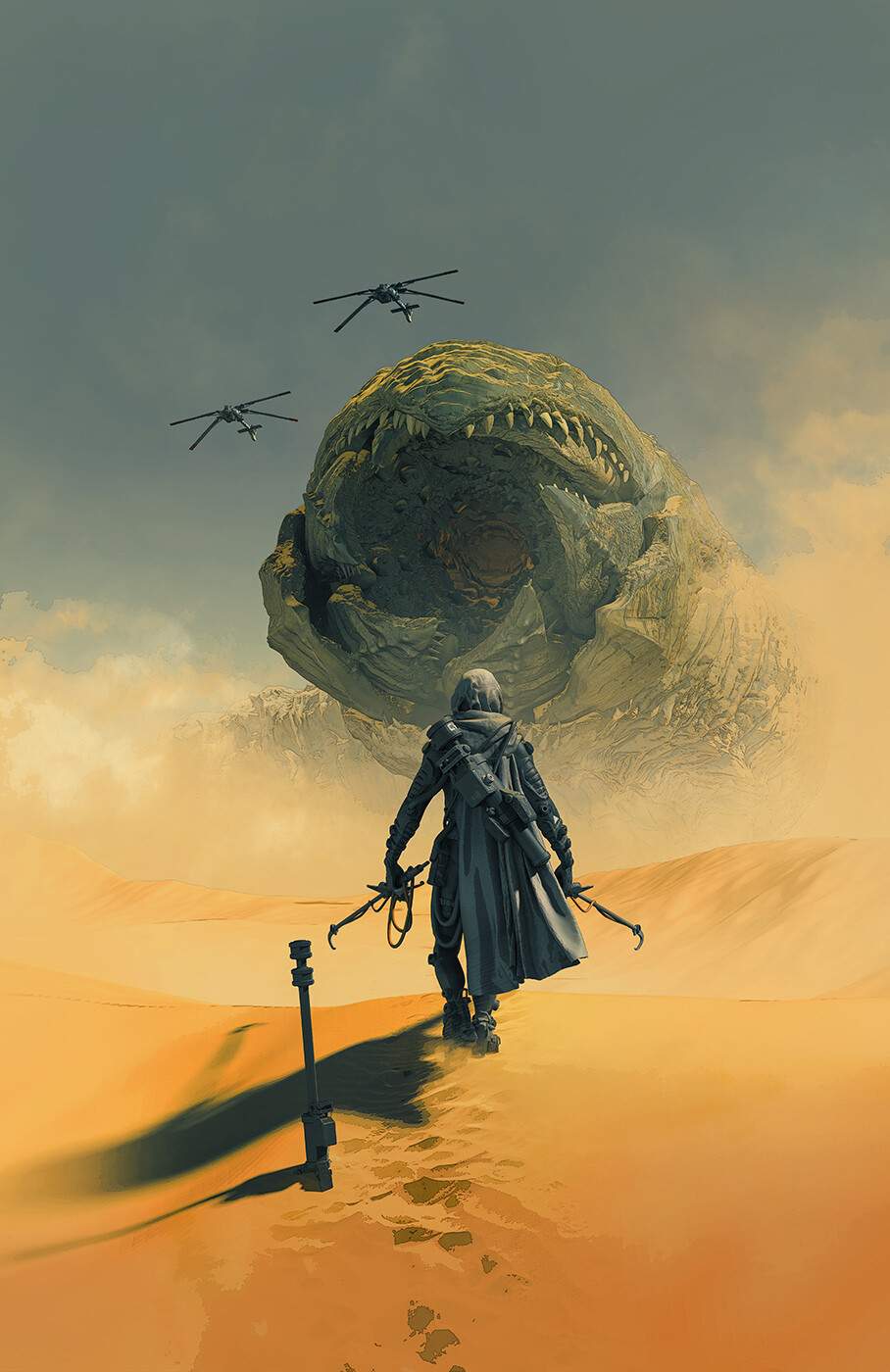
Scott Pilgrim
2010 Graphic Novel I read the whole six books in one night all the way into the morning, and when I was done I realized so much about myself and my relationship to both my friends and the women I dated and the pain I caused. A surreal story of a teenager and his fight with growing up. I read this graphic novel in my late twenties and it helped me understand many of my personal flaws. Coasting through life, Scott Pilgrim lives a delayed adolescence, holding no real job and leeching off his friends, but more importantly, hurting everyone around him without knowing. As Scott’s fight to date Ramona, fighting her evil exes (I find it amusing very few people mention the fact that Ramona vehemently objects when people assume all her exes are male), he learns from both his own failures and Ramona’s. O’Malley gives us realistic young adults who are struggling with a life of independence and lack of accountability and finding that the world is not our oyster, we are not the main characters, we are part of a wider group and unlike what most media tells young adults, we are not alone and our actions can hurt others.
